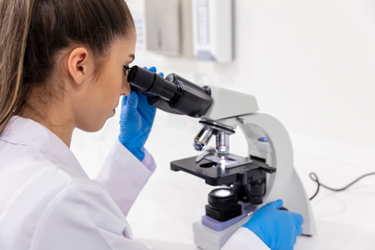Accelerating Path To Clinic Through An End-To-End Solution Focused On Supply Chain, Regulatory, And A Robust Manufacturing Process For Viral Vectors
By Samira Shore, Director Technical Program Design Viral Vector Services, Thermo Fisher Scientific;

Recombinant adeno-associated viral (rAAV) vectors are currently one of the most widely used gene therapy products in development due to their lack of pathogenicity, gene expression persistence, and the presence of various serotypes that enable a diverse cell tropism. Lentiviral vectors are mostly used to stably transfer and express genes in gene therapy for monogenic diseases. The rapidly growing demand challenges arising from long process development timelines, lack of cGMP-suitable fit-for-purpose components, and uncertainty in regulatory approval have led to a critical need for scalable and cost-effective standardized manufacturing platforms. Thermo Fisher Scientific has developed a high-quality, scalable, and robust end-to-end rAAV & Lentivirus (LV) manufacturing process that uses fit-for-purpose materials with matched analytics. These processes were designed to be standardized and, therefore-can accommodate various biochemical and biophysical differences between target therapeutics, including different serotypes for adeno-associated virus (AAV). Utilizing this characterized process will help enable the delivery of products to the clinic on a de-risked and accelerated pathway.
The Patheon™ Quick to Clinic™ viral vector program is a standardized, all-inclusive solution for suspension-based adeno-associated viral (AAV) and lentiviral (LV) vector manufacture, offering a variety of benefits compared to a standard process development (PD) program and other platform process solutions on the market.
Combining optimized and tested processes with platform-qualified analytics supports robust suitability assessment in early development and subsequent scale-up. Moreover, the program timeline includes expedited plasmid manufacture, suitability, and scale-up, providing an overall time savings of more than six months compared to standard process development and nine to twelve months when including plasmid manufacturing.
Get unlimited access to:
Enter your credentials below to log in. Not yet a member of Cell & Gene? Subscribe today.
